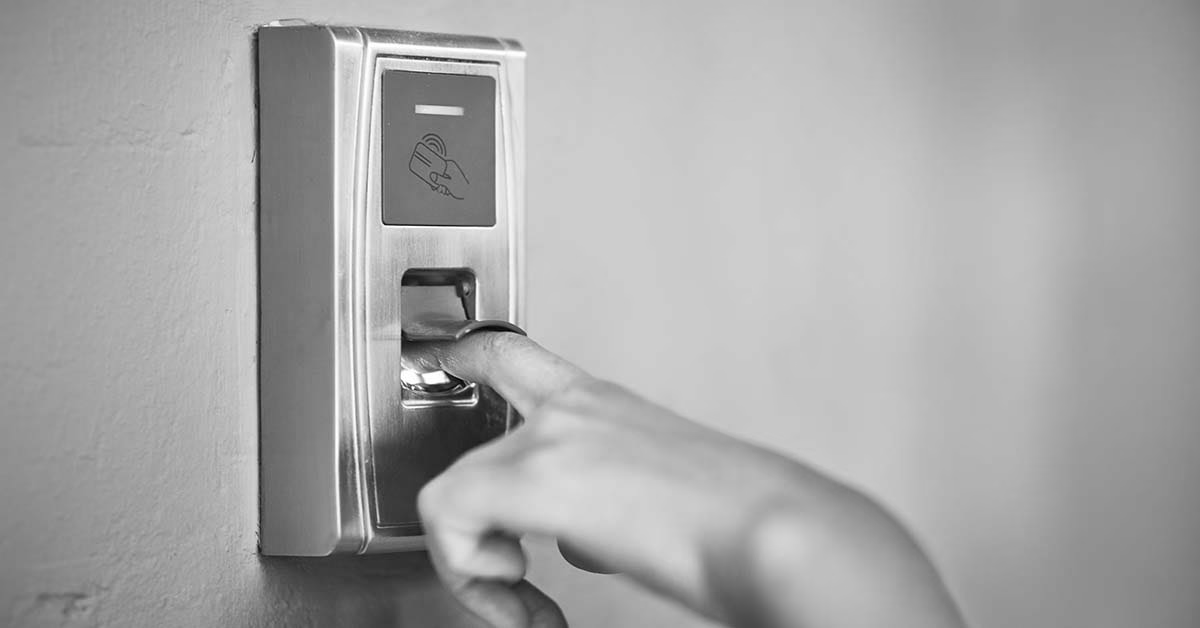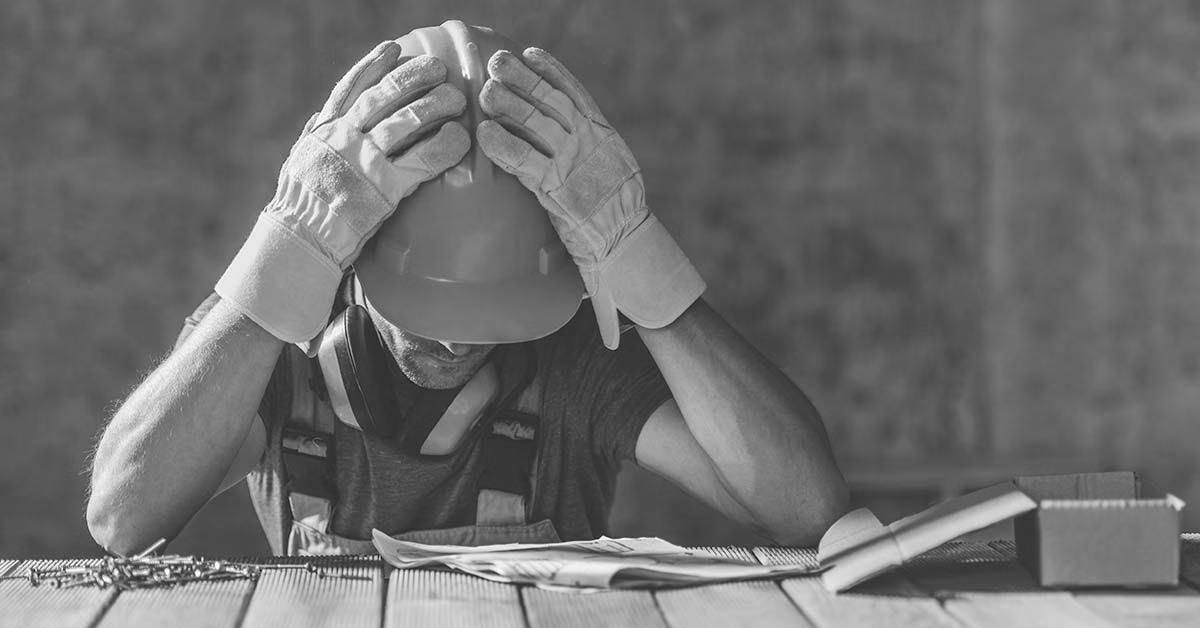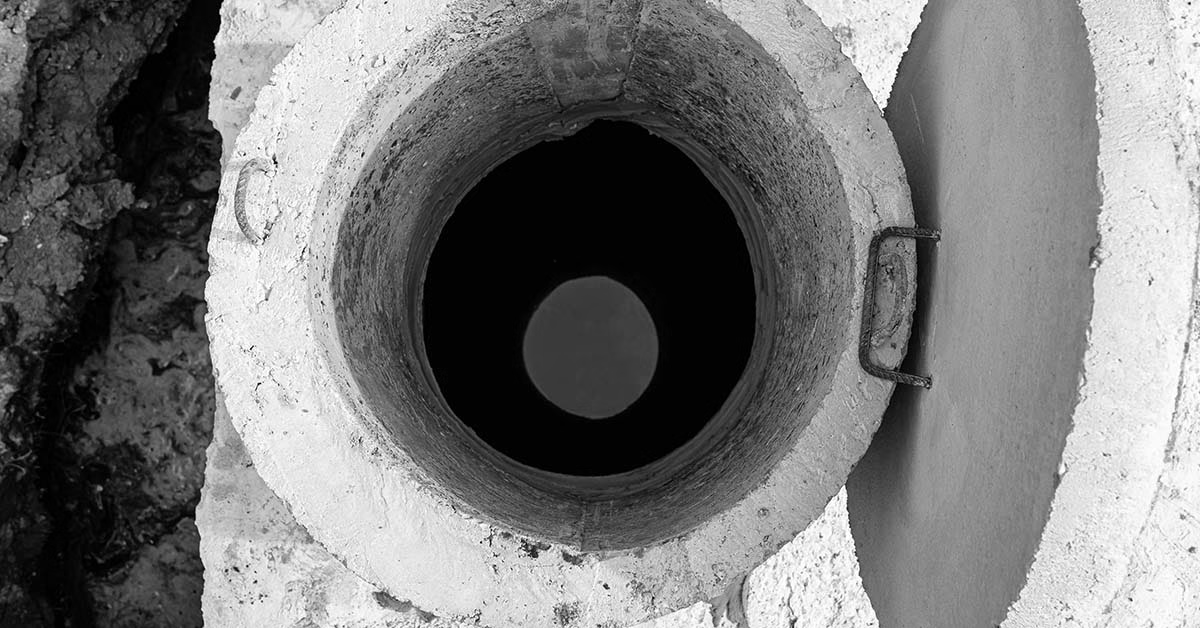Access control remains one of the most overlooked yet vital safety measures on both construction…
Types of Hazards within a Confined Space
Working in confined spaces is often overlooked as high-risk environments as it has limited or restricted means for entry or exit and it is not designed for continuous occupancy. Studies indicate that 60% of fatalities that occur in confined spaces are rescuers. There are numerous dangers that pose in the space and can easily harm or cause injury to employees and workers entering the space. Types of Hazards within a Confined Space is important to identify. So that employees on construction sites can identify hazardous areas.
Toxic Atmosphere
Confined spaces can have a poisonous or toxic atmosphere within the space due to the lack of air ventilation and the type of work that may be performed in the area. Workers that are exposed to the toxic atmosphere may experience impairment. They may become unconscious or even die if they are exposed to the toxic area for too long. This could include carbon monoxide and hydrogen sulphide gases.
Oxygen Deficiency
Workers can become asphyxiated by exposure to atmospheres deficient in oxygen. It can lead to serious injury or loss of life. Oxygen is the only component of the air we breathe capable of supporting life. Air is composed of approximately 21% oxygen, 78% nitrogen and other trace components. Commonly confined spaces lack the needed amount of oxygen for a human to survive within a certain period of time. It is stated that it takes less than 1 minute for a person to survive in an area with only 5% oxygen.
Excess Oxygen
On the other side of the coin, having too much oxygen exposure is also considered a hazard. Since it can significantly increase the chances of fires or explosions occurring. Also breathing oxygen at higher-than-normal partial pressure leads to hyperoxia and can cause oxygen toxicity or oxygen poisoning. The clinical settings in which oxygen toxicity occurs are predominantly divided into two groups. One in which the patient is exposed to very high concentrations of oxygen for a short duration, and the second where the patient is exposed to lower concentrations of oxygen but for a longer duration. Severe cases of oxygen toxicity can lead to cell damage and death.
Fire and Explosions
A fire or explosion can easily occur within a confined space since the presence of flammable liquids, gasses or combustible dust can ignite. Methane and hydrogen sulphide are prime examples of common explosive gases that can form within a confined space. Of all the hazards, fire and explosions are considered the most dangerous risk in confined spaces. The high rate of fire and explosion-related deaths may be attributed to the extreme danger that continues after the initial event. When an explosion or fire occurs, response crews can also often succumb to the environment while attempting to rescue workers trapped within confined spaces.
Excessive Heat
Excessive heat exposure is likely to occur in confined spaces since the area is enclosed. This may result in workers experiencing heat stroke, and becoming disoriented and unresponsive. Without a quick response to lower the body temperature, heatstroke can cause the brain or other vital organs to swell. It could possibly result in permanent damage. Heat can also increase the risk of other injuries in workers as it may result in sweaty palms that could influence their grip on the equipment or when holding on to a surface for stability if required. Heat can also affect a worker’s protective equipment such as fogged-up safety glasses which will impair their vision.
Biological Agents
Employees could also be exposed to bacteria found in mould, fungi, faecal matter from animals or sludge can cause bacterial and other viral infections. Infectious diseases, dermatitis or lung conditions resulting from contact with micro-organisms such as viruses, bacteria or fungi can occur in confined spaces.
Becoming Trapped
Due to the limited space and few entries and exits in confined spaces, an employee could easily become trapped when inward sloping walls collapse or a tapering bottom (hooper-configuration). Limited space makes it difficult for workers to quickly move out of space when an emergency takes place. Therefore, it is critical that there is a qualified worker waiting outside of the confined space to assist whenever there is an emergency.
Safety Solution
Control measures are a very important aspect that should be implemented to deal with hazards introduced by a task carried out in and around the dedicated confined space, to ensure avoid any risk or injuries:
- Eliminating the risk by carrying out the work from outside the space.
- Substituting or isolating the risk or applying engineering controls.
- Suitably locating the fresh air intake and exhaust, especially during the purging of hazardous or flammable airborne contaminants from the space.
- Training the employee or worker to perform the required work.
- Reviewing any safety information such as technical standards or other information and, if relevant, finding out about previous uses for the space.
- Placing restricted access signs that show you must have a signed entry permit to enter.
- Developing an emergency response procedure, including a safe recovery process.
- Personal protective equipment is provided for the specific work being performed, and it is used in the correct manner.
Confined spaces are considered a high-risk working environment as an employee can quickly and easily become injured or exposed to a dangerous situation. An incident can happen fast but rescuing the employee could take longer than anticipated. Because of limited access to the space and recures cannot always reach the person easily. Working in confined spaces is one of the highest risk environments with large fatality rates alongside working at heights.
Our Services
Cairnmead Industrial Consultants provide you with a unique consulting service in the Health and Safety discipline. We lead through simplicity and realise that safety doesn’t just come through knowledge, but through understanding. We seek to help our clients understand and we translate our vast knowledge and expertise into simple, useable information.
Contact us to find out more:
Christof Lourens
CEO Cairnmead Industrial Consultants (Pty) Ltd
Tel: 012 346 5752 | Email: christof@cairnmead.co.za
Follow us on our social media pages:



